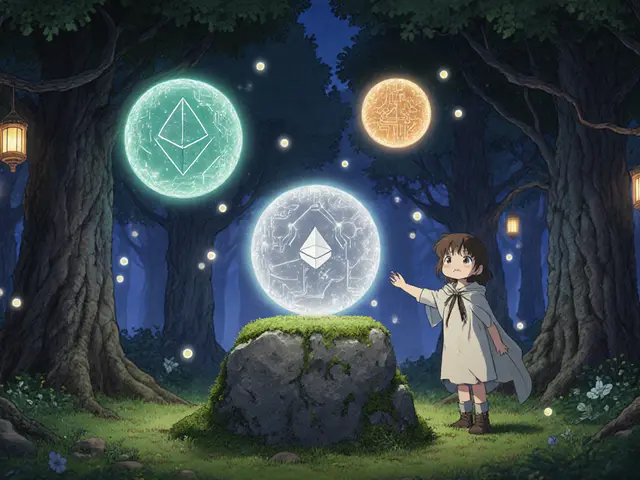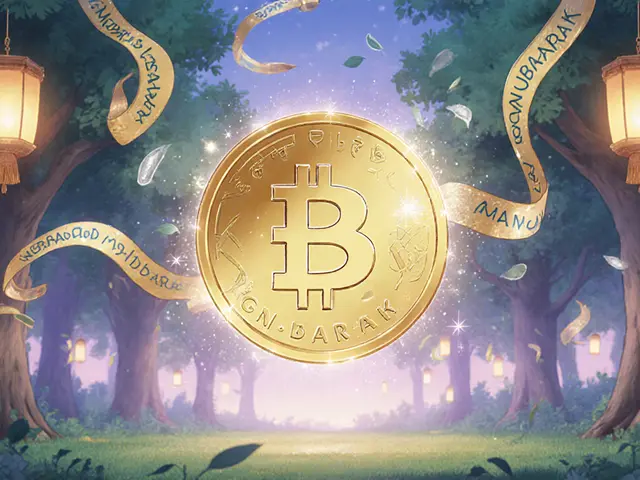NFT Overview: How Tokens, Standards, and Real‑World Apps Connect
When working with NFT, the non‑fungible token represents a unique digital asset stored on a blockchain. Also known as digital collectible, it lets creators certify scarcity for art, music, and even event tickets. The NFT ecosystem rests on two core standards. The original standard, ERC‑721 defines how a single NFT is tracked and transferred on Ethereum, set the groundwork for most early projects. Later, ERC‑1155 introduces a multi‑token model that can handle both fungible and non‑fungible items in one contract, cutting gas costs for game developers. A fast‑growing use case is NFT ticketing where event passes are minted as NFTs to prevent fraud and enable resale royalties, marrying collectibles with real‑world access.
Why Standards Matter and How They Shape Use Cases
Understanding the link between standards and applications is key. NFT projects that adopt ERC‑721 gain broad marketplace support because most exchanges recognize the single‑token layout. In contrast, ERC‑1155 projects often target gaming and virtual worlds where dozens of items need to move together; the standard’s batch transfer feature reduces transaction fees by up to 70 % compared with ERC‑721.
Beyond the basics, developers combine NFTs with smart contract logic to create dynamic assets. For example, an NFT ticket can embed a time‑lock that disables resale after the event, while still allowing the owner to prove attendance on‑chain. This blend of ownership and programmability fuels new business models such as royalty‑backed concerts and fan‑driven crowdfunding.
Regulators are also paying attention. Because an NFT records a unique identifier, it can serve as a provenance tool for high‑value goods like luxury watches or real estate deeds. When paired with KYC/AML frameworks, NFTs become compliant digital certificates that bridge the gap between traditional finance and the blockchain.
Below you’ll find a curated set of articles that dig deeper into each of these themes. From detailed ERC‑721 vs ERC‑1155 comparisons to real‑world NFT ticketing platforms and the regulatory landscape, the collection gives you the practical insight you need to navigate the fast‑moving NFT space.
Diamond Castle (DMCK) Explained: What the Crypto Coin Is and How It Works
Diamond Castle (DMCK) is a dual‑chain crypto that mixes DeFi, forex and NFTs. Learn its purpose, tech, market history, ways to earn, and the risks before you buy.





